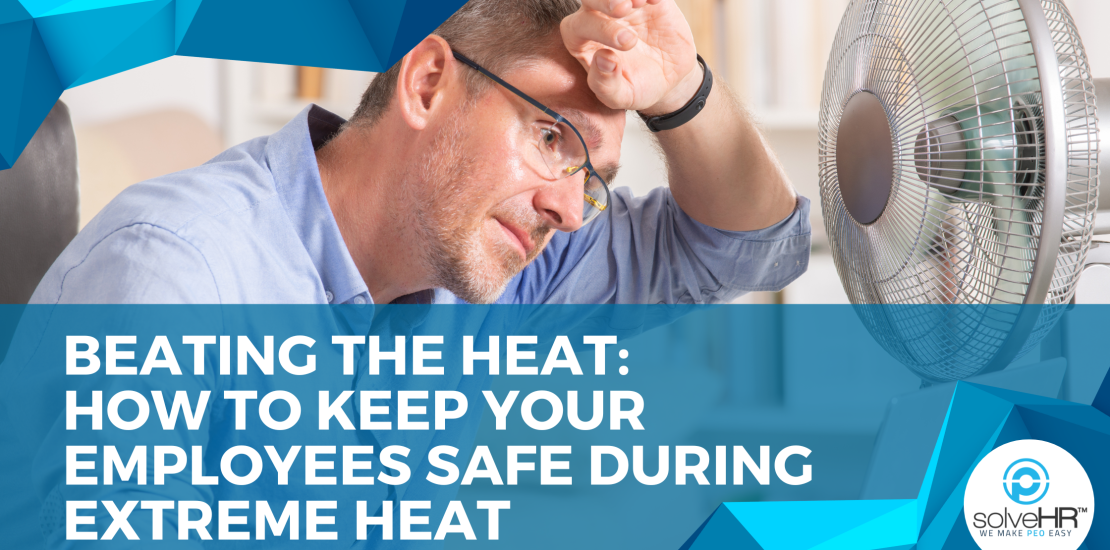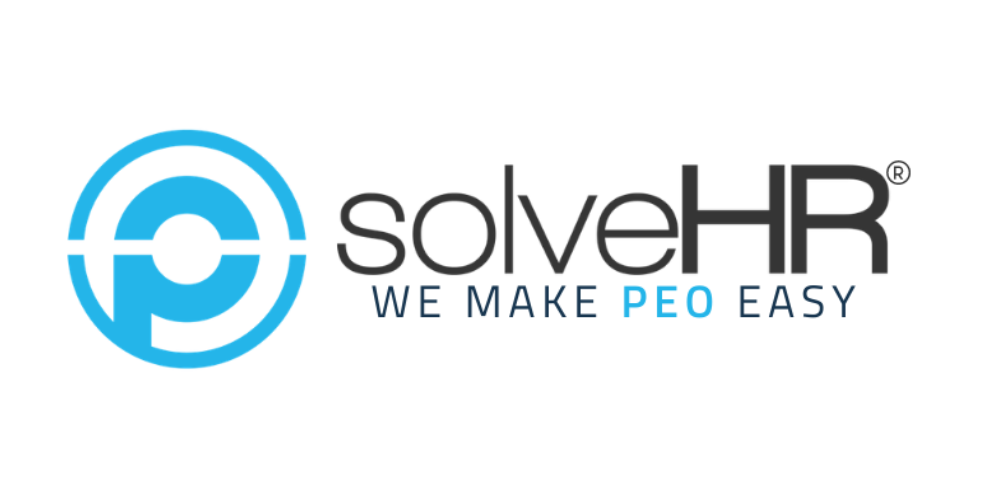- 07/20/2022
- Posted by: Matt Muriel
- Categories: Risk & Compliance, Small and Mid-Sized Business

With record-setting high temperatures occurring around the U.S. this summer (and potentially the next few future summers), workplaces are beginning to struggle with keeping their employees cool.
Heat in the United States is deadly, with heat fatalities being the estimated direct cause of death of more than 1300 Americans a year, and with extreme heat also contributing to an unknown amount of cardiovascular, respiratory, and stress related deaths according to a study conducted by the Environmental Protection Agency.
It’s safe to say that this summer workplaces need to begin to implement heat protection strategies for their workers to prevent heat related injuries. This weak we wanted to look at some of the more common signs of heat related injuries in the workplace, and how to better protect both indoor and outdoor employees from the heat this summer.
Signs and Symptoms of the Heat
Knowing what symptoms to look for when your employees are working in the heat is a good start to preventing and treating workplace heat injuries. Be on the lookout for these symptoms of heat illness this summer:
- Sunburn: Usually indicated by redness and pain. Severe cases will sometimes have swelling of the skin, blisters, fever and headaches. First Aid: Ointments for mild cases if blisters appear and do not break. If breaking occurs, apply dry sterile dressing.
- Heat Cramps: Painful spasms usually in the muscles of legs and abdomen with heavy sweating. First Aid: Firm pressure on cramping muscles or gentle massage to relieve spasm. Give sips of water. If nausea occurs, discontinue water.
- Heat Exhaustion: Heavy sweating; weakness; cold, pale, clammy skin; thready pulse; fainting and vomiting but might have normal temperature. First Aid: Get victim out of sun. Once inside, the person should lay down and loosen his or her clothing. Apply cool, wet cloths. Fan or move victim to air conditioned room. Offer sips of water. If nausea occurs, discontinue water. If vomiting continues, seek immediate medical attention.
- Heat Stroke: High body temperature (106° F or higher), hot dry skin, rapid and strong pulse, possible unconsciousness. First Aid: Heat stroke is a severe medical emergency. Summon emergency medical assistance or get the victim to a hospital immediately. Delay can be fatal. While waiting for emergency assistance, move the victim to a cooler environment and reduce body temperature with cold bath or sponging. Use extreme caution. Remove clothing, use fans and air conditioners. If temperature rises again, repeat process. Do NOT give fluids. Persons on salt restrictive diets should consult a physician before increasing their salt intake.
Follow these tips to prevent heat illness when you do see the above symptoms in your employees:
- Drink: water often, take breaks and limit time in the heat.
- Build up: to heavy work gradually in hot conditions. Help workers become acclimated, especially workers who are new to working outdoors in the heat or have been away from work for a week or more. Gradually increase workloads and allow more frequent breaks during the first week of work.
- Slow Down: Reduce, eliminate or reschedule strenuous activities until the coolest time of the day.
- Dress for the Summer: Wear lightweight, light-colored clothing to reflect heat and sunlight.
- Put less fuel on inner fires: Foods such as meat and other proteins that increase metabolic heat production also increase water loss.
- Drink plenty of water and nonalcoholic and decaffeinated fluids: Your body needs water to keep cool. Drink plenty of fluids even if you don’t feel thirsty. Persons who have epilepsy or heart, kidney or liver disease, who are on fluid restrictive diets or who have a problem with fluid retention should consult a physician before increasing their consumption of fluids. Do not drink alcoholic beverages; limit caffeinated beverages.
For more information check out these resources from the Red Cross and Occupational Safety and Health Administration.
Emergency Preparedness
Outdoor Workers
Outdoor workers are the most likely employees to be affected by extreme heat conditions. Water, rest and shade are the three key elements to preventing heat illness in employees who work outdoors according to OSHA:
- Water- Employers should provide cool water for workers to drink. Proper hydration is essential to preventing heat-related illness. For employees who are working 2 or more hours in the heat, be sure to also provide additional fluids that contain electrolytes.
- Rest- When heat stress is high, employees should be able to take breaks between their work. Breaks should last long enough to allow workers to recover from the heat and should increase in duration as heat stress rises.
- Shade- Be sure to provide a cool location where employees can take their breaks and recover from the heat. A shaded area, a nearby building, or even an air-conditioned vehicle are all good options for employees to beat the heat when working outdoors.
Indoor Workers
Just because some employees work in the office doesn’t mean they are exempt from feeling the effects of the heat. Employees who work indoors aren’t usually acclimated to the heat like outdoor workers, so when they do get exposed to extreme heat (like the AC breaking down, or even short walks in the parking lot) it can be fatal.
Using the above first aid techniques and following similar guidelines from the outdoor section are key ways to keep indoor employees safe too. Be sure to set the thermostat in your office to a comfortable temperature and monitor humidity levels. OSHA recommends temperature control in the range of 68-76 degrees Fahrenheit and humidity control in the range of 20-60 percent.
More Helpful Resources for Staying Safe this Summer:
Heat Wave Safety from the Red Cross
Heat Safety Tips and Resources from the National Weather Service

